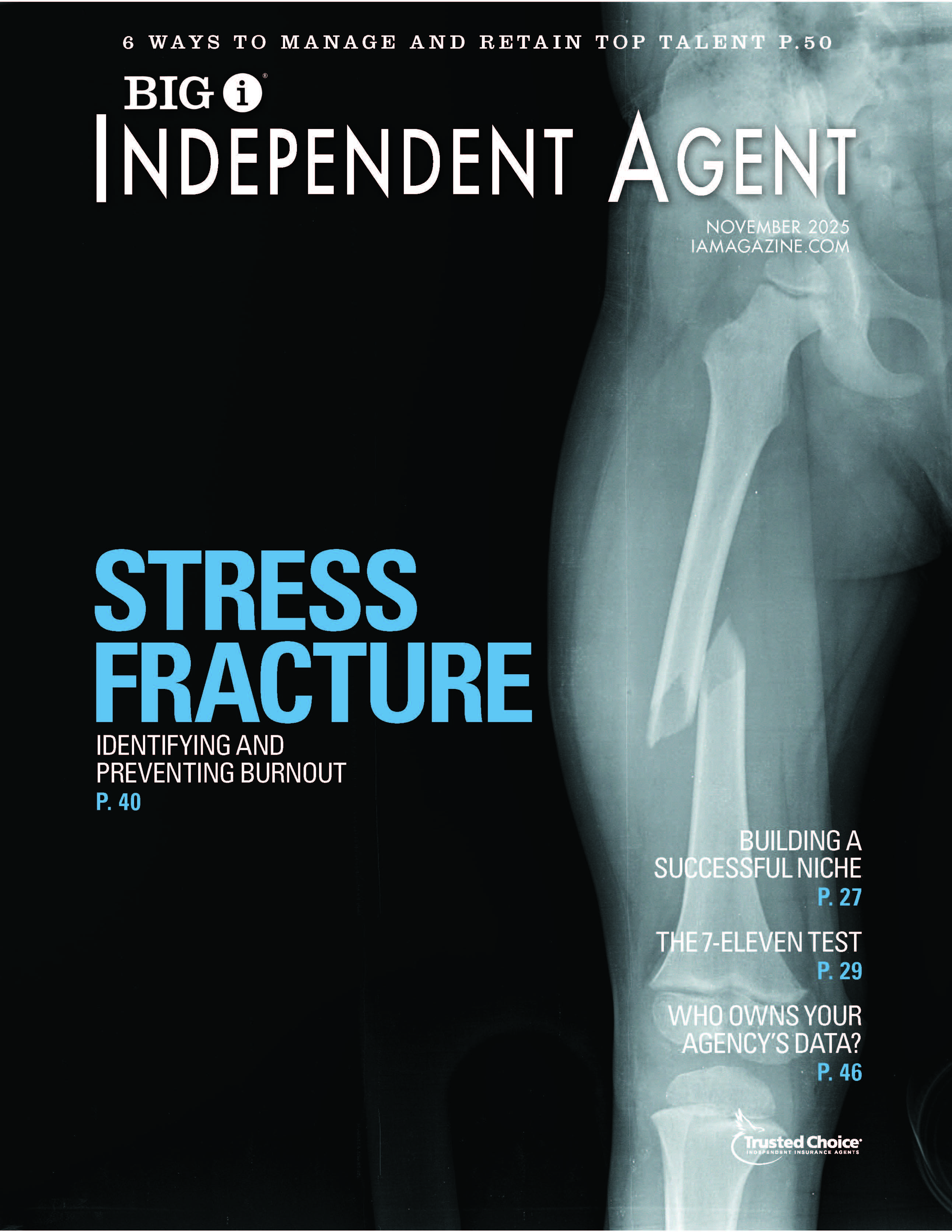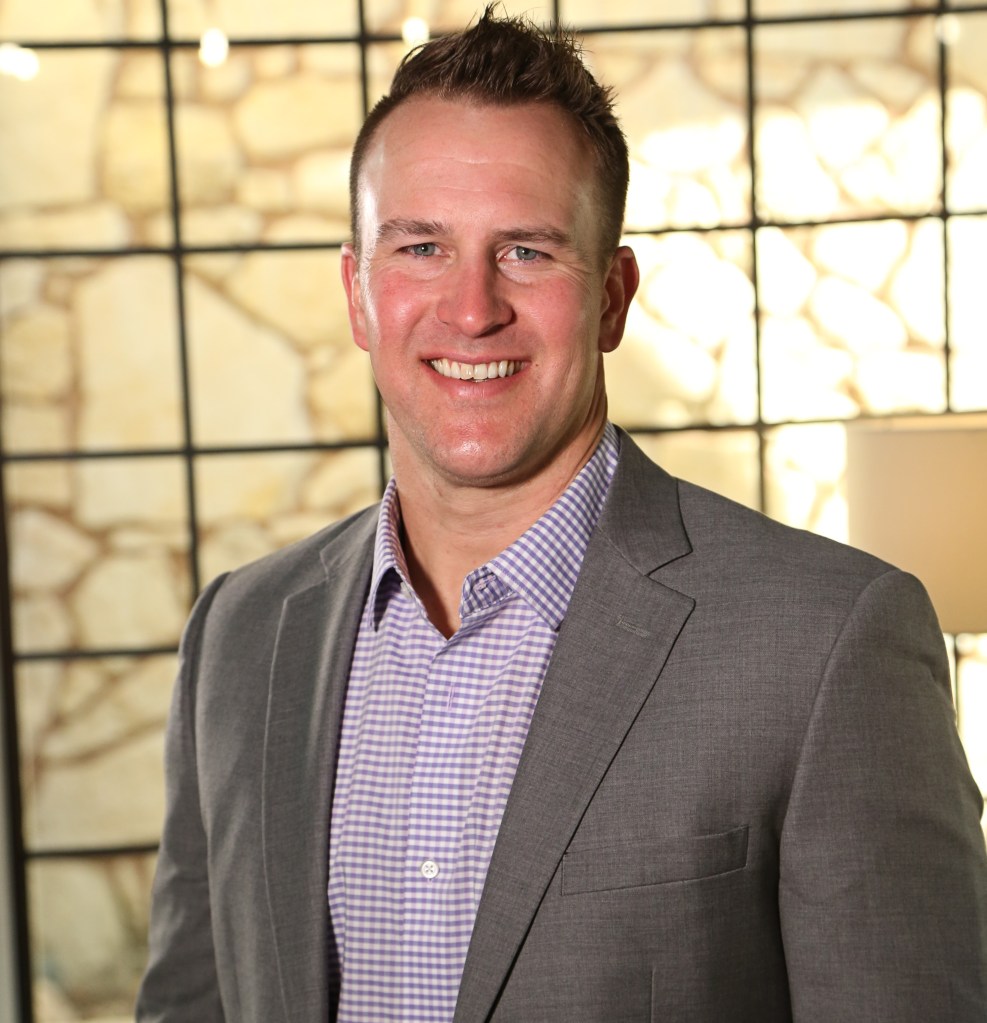From the Front Lines: Flood

Matt Evans
Principal & Practice Leader
TrueNorth Companies
Cedar Rapids, Iowa
How did you get started at your agency?
I grew up in Cedar Rapids, but I left for college. After graduating, my job was always in professional and collegiate athletics—I was mainly involved in sales, marketing, and youth activities. But my family was starting—my wife’s from Cedar Rapids, too, and we wanted to get to a position where I could be more involved with the kiddos and not be at a sporting event most of my evenings. I joke that I couldn’t even spell “insurance,” but I met some folks at TrueNorth and it was a great time to move back.
Why flood insurance?
When the flood of 2008 hit Cedar Rapids, I think all the agents became flood specialists because there wasn’t an agent who didn’t have a client who was affected. We are experts in flood insurance because we had to become experts.
Biggest flood insurance changes?
It’s changed dramatically. Hurricane Katrina made carriers look at what was wind and what was water damage. A lot of the carriers then looked at whether water was excluded from a contents standpoint versus a building standpoint. The NFIP and the nationally funded programs have also changed dramatically because they had to rewrite flood maps. We were seeing more and more flood losses in areas that hadn’t experienced them before.
The disaster recovery models are no longer just for fire or tornado—they include flood. If you drive through Cedar Rapids, in buildings built since 2008, their first floor is parking or has very little HVAC or IT equipment. That becomes your flood mitigation plan. In the event that you have time to prepare, you can minimize your damages.
Biggest flood insurance challenges?
The federally funded programs are losing money. They’re structured to be beneficial for consumers, but we can’t rely on the federal government to bail us out every year. We need a responsible way for our clients to purchase flood coverage affordably.
The hard part now is that a lot of municipalities are facing issues with building permanent and or removable flood protection. How do you fund that? We have to encourage our clients to be as proactive as possible, and we have to structure policies in the most appropriate manner so that we’re not worried about the three-day rain as much as we’re worried about the 500-year flood. We also have to encourage new developers, new buildings, new infrastructure, new cities, and sewers to build accordingly so that flood mitigation is part of it.
Future of flood insurance?
You have to encourage your municipalities and your citizens to vote for flood protection. That’s a big deal. What we experienced in Houston and Florida last year—that’s going to have an impact on property rates. They are going to increase. Cities and municipalities that have experienced a flood in the past but might not have been impacted last year are still going to have an increase of more than 5%, and those areas that have been impacted within the last two years are looking at pretty significant increases. Agents need to be prepared to have those kinds of conversations with their clients to get ahead of it and to help them budget for it now.
Flood insurance advice for a fellow agent?
One of my mentors here always says it’s our job not to scare people, but to make sure they’re as educated as can be on the catastrophic type of risks. Flood is a bankrupting type of event. If they decide that it’s not worth the premium, that’s OK. But I don’t want someone to call me to say, “Why didn’t you offer this to me?” or “Why didn’t we discuss this?” Have the courage to have the tough conversation.
Favorite flood insurance success story?
Probably the best story we had coming of out 2008 was talking to a hospital that was located 10 blocks from the river but wasn’t carrying flood insurance. We just told them that if a flood occurs, that would be a bankrupting type of event. We were able to get $100 million of coverage for a $3,000 per year. When 2008 hit, they sustained $51 million in losses, and it was all covered.
When they reopened and redid one of their larger entryways, the CEO specifically thanked their buildings operations director and Loren Coppock, who is now the chairman of the board at TrueNorth, stating that without those two people, they wouldn’t be standing where they were. It’s called a Lundy pavilion, but he refers to it as the Loren Coppock/Bob Olberding aquatic center because it was full of water. It was a huge success story for them and it’s one we tell a lot of our clients.
If you buy flood insurance before it floods, it’s pretty inexpensive. If you wait until after it floods, it’s incredibly expensive. In that story, it was the perfect arbitrage of where they were located, the likeliness of it happening, and the fact they were able to take advantage of a softer market to get sizeable limits for a very low premium. It worked out. Insurance works if it’s structured correctly.
Will Jones is the IA assistant editor.










